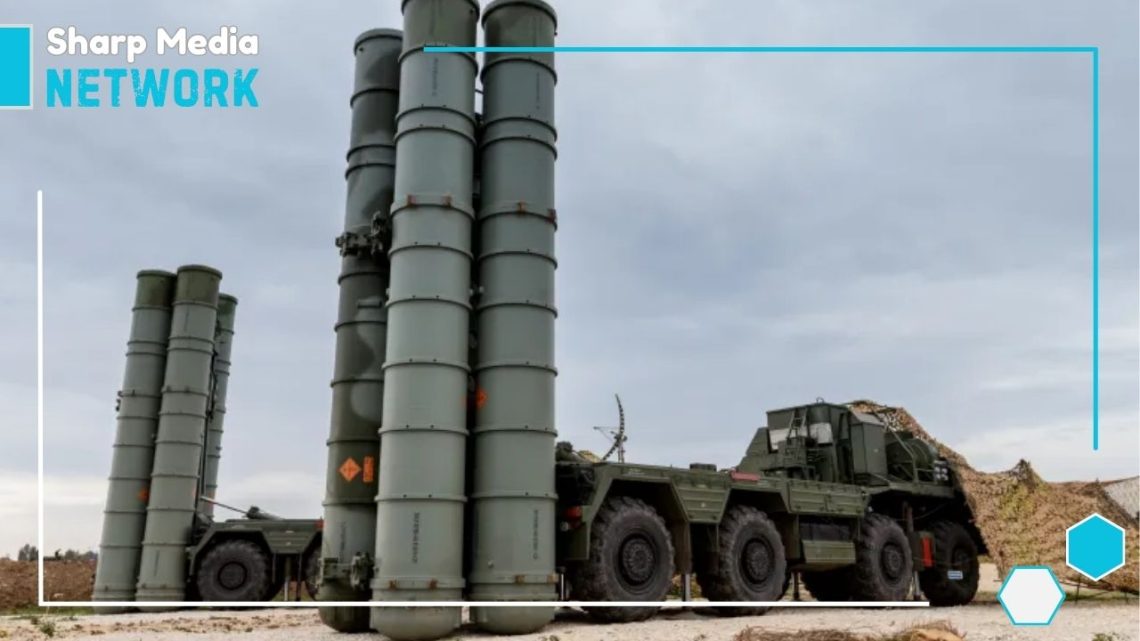
High Cost, Low Reliability: India’s Risky Bet on S-400
April 1, 2025Islamabad, April 1 – In a move that raises strategic and military concerns, India has deployed its third S-400 Triumf missile defense system at Uttarlai Air Force Station near the Pakistan border. While New Delhi touts this as a step toward bolstering its air defense, experts question the survivability of the Russian-made system against Pakistan’s evolving missile capabilities, particularly the precision-guided Fateh-II, III, and IV systems.
An Overhyped Defense Gamble?
India’s procurement of the S-400, a Russian surface-to-air missile system, was presented as a game-changer in its military posture. However, battlefield realities, particularly the lessons from Ukraine, have exposed the limitations of the S-400 in modern warfare. The system, designed to intercept aircraft and missiles, has struggled against advanced missile barrages, raising doubts about its reliability in a conflict with Pakistan.
A Billion-Dollar Blunder?
Despite India’s rhetoric of self-reliance under the “Atmanirbhar Bharat” initiative, the S-400 remains a foreign import—an expensive Russian system that has already shown vulnerabilities in high-intensity conflicts. Critics argue that instead of enhancing India’s defense, the deployment near the Pakistan border signals desperation, given the rapid advancements in Pakistan’s missile technology.
Fateh Series: The Game-Changer
Pakistan’s Fateh-II, III, and IV precision-strike missile systems are designed to neutralize high-value targets with enhanced accuracy and speed. Analysts suggest that these missiles render the S-400 ineffective, as saturation strikes could overwhelm the system before it even has a chance to respond. With its limited tracking capability and reliance on Russian software, the S-400 may struggle to counter Pakistan’s evolving missile threats.
Lessons Ignored from Ukraine
The conflict in Ukraine has demonstrated how advanced air defense systems, including Russian-made models, have failed to stop modern missile and drone attacks. Despite this, India continues to invest heavily in outdated technology that has already proven vulnerable on the battlefield. Deploying the S-400 near Pakistan only underscores India’s reliance on Russian hand-me-downs rather than indigenous technological advancements.
Strategic Miscalculation or Political Posturing?
By placing the S-400 in close proximity to Pakistan’s border, India may have inadvertently admitted its fear of Pakistan’s precision-strike capabilities. The move raises questions about New Delhi’s strategic planning—whether it truly believes in the system’s effectiveness or if this deployment is merely for political optics.
As regional tensions persist, India’s billion-dollar bet on an already-compromised system could prove to be a costly miscalculation. While New Delhi seeks to bolster its defenses, Pakistan’s modernized missile arsenal stands as a formidable counterbalance, challenging the very premise of India’s reliance on outdated Russian military hardware.

